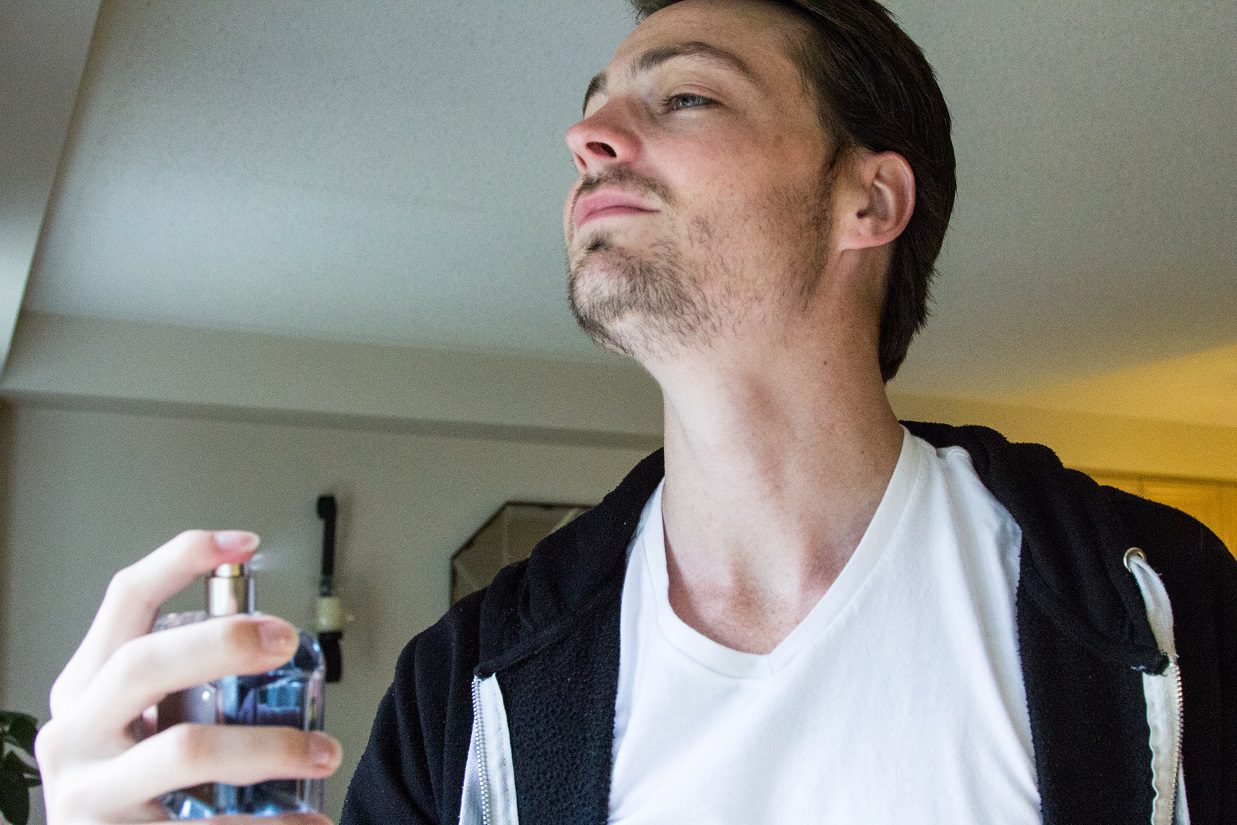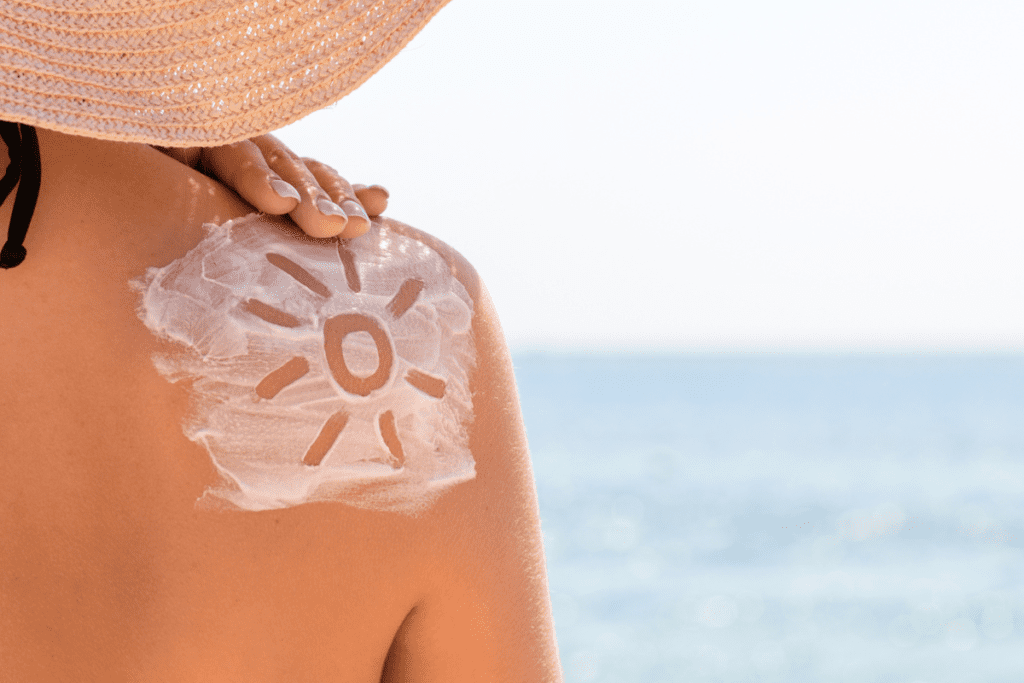The trouble with fragrance ingredients
Fragrance formulas used in personal care and cleaning products often consist of dozens of chemical ingredients to create a specific scent or to sometimes to mask potentially unpleasant odours.
Current laws in Canada and the U.S. allow companies to withhold the disclosure fragrance ingredients, so consumers can’t rely on product labels to know what toxic chemicals may lurk inside the products that they buy.
Research summary
Breast Cancer Prevention Partners, a U.S. based NGO, in participation with Environmental Defence and other U.S. groups tested 25 personal care products and 7 cleaning products, most of which are commonly sold in major Canadian retailers, to identify undisclosed fragrance ingredients that are exempted from labelling rules.
The lack of federally mandated cleaning product ingredient disclosure and fragrance ingredient disclosure in beauty and personal care products (in both Canada and the U.S.) has meant that we have not been able to capture a full picture of the chemicals of concern in these products.
What the study found
Top 10 most toxic products in terms of highest number of harmful chemicals:
- Just for Me Shampoo: A children’s shampoo, from a hair-relaxing kit marketed to kids of colour by Strength of Nature – 24 hazardous chemicals.
- JLo Glow Perfume: A fine fragrance made by Coty and endorsed by music, television and film icon Jennifer Lopez – 18 hazardous chemicals.
- Kaboom with OxiClean Shower Tub & Tile Cleaner: Marketed as a “great cleaner that is safe and friendly to use,” made by Church & Dwight Co. – 15 hazardous chemicals.
- Olay Luminous Tone Body Lotion: Made by Procter & Gamble and marketed for its anti-aging qualities – 15 hazardous chemicals.
- Axe Phoenix Body Spray: A body spray made by Unilever and marketed to young men through an overtly sexual ad campaign – 13 hazardous chemicals.
- Marc Jacobs Daisy Perfume: Another Coty fragrance that carries the famous designer’s name and uses beatific, radiant young girls in its marketing campaigns – 14 hazardous chemicals.
- Taylor Swift Wonderstruck Perfume: A Revlon fine fragrance endorsed by the beloved pop country singer Taylor Swift – 14 hazardous chemicals.
- Organix (OGX) Shampoo: A Johnson & Johnson product marketed as part of a green/sustainable” line of products to young women – 14 hazardous chemicals.
- Formulation 64-RP: An industrial cleaner/disinfectant used by custodians, firefighters and others – 10 hazardous chemicals.
- White Linen Perfume: Created by Estee Lauder in 1978, marketed as “a beautiful perfume” for women young and old – 10 hazardous chemicals.
Types of hazardous chemicals detected:
- Chemicals linked to breast cancer including benzene and 1,4-dioxane, which have been linked to mammary tumors in laboratory studies.
- Hormone-disrupting compounds with links to breast cancer: oxybenzone, propyl paraben, and two phthalates (DEHP and DEP).
- Respiratory toxicants and chemicals linked to asthma.
- Developmental toxicants and other chemicals linked to skin irritation and neurotoxicity.
Total number of ingredients and hazardous chemicals found in the products tested:
- 46 to 229 unique chemicals were found per product.
- A total of 338 fragrance chemicals were used in the 25 personal care products tested.
- 99 of those chemicals had links to at least one health concern, and several were linked to multiple health effects.
- In fact, the vast majority of the chemicals that were detected in the products and are associated with health effects were fragrance chemicals.
- 3 out of 4 of the chemicals linked to chronic health effects in the products tested were fragrance chemicals.
Regulatory context
The lack of fragrance industry regulation
Globally, the fragrance market was nearly $70 billion in 2017, and by 2024, it is estimated to be worth about $92 billion. In 2016, personal care and fine fragrances made up 75 per cent of fragrance sector sales, with the other 25 per cent going to household goods. The fragrance industry is entirely self-regulated by the International Fragrance Association (IFRA), which represents the collective interests of the fragrance industry and is estimated to represent 90 per cent of the fragrance supplier.
There are no federal guidelines regulating the disclosure of fragrance ingredients from fragrance suppliers to manufacturers, or from manufacturers to regulatory agencies or consumers.
Federal government commitments to reform Canada’s toxics law
Canada’s chemical law, the Canadian Environmental Protection Act (CEPA) was recently reviewed by a House of Commons committee that made 87 recommendations for reforming the law. The law has not been updated since it was enacted in 1999. These recommendations included better regulation of hazardous chemicals of concern and labelling of consumer products containing toxics.
In June 2018, the Minister of Environment and Climate Change Canada announced commitments to introduce reforms to CEPA in as early as 2020 and that the government will take steps in the meantime to explore updating labelling rules for consumer products.
How can Canadians limit their exposure to harmful fragrances?
Until there is full disclosure of fragrance ingredients, here are some ways Canadians can protect their health:
- Avoid purchasing products that only list fragrance or parfum as an ingredient, and not the actual fragrance ingredients.
- When purchasing scented products, make sure that the product uses no harmful ingredients by consulting the company’s policy or online guides.
- Unscented products may contain a hidden fragrance formula. Always consult the label to ensure it discloses all ingredients.







